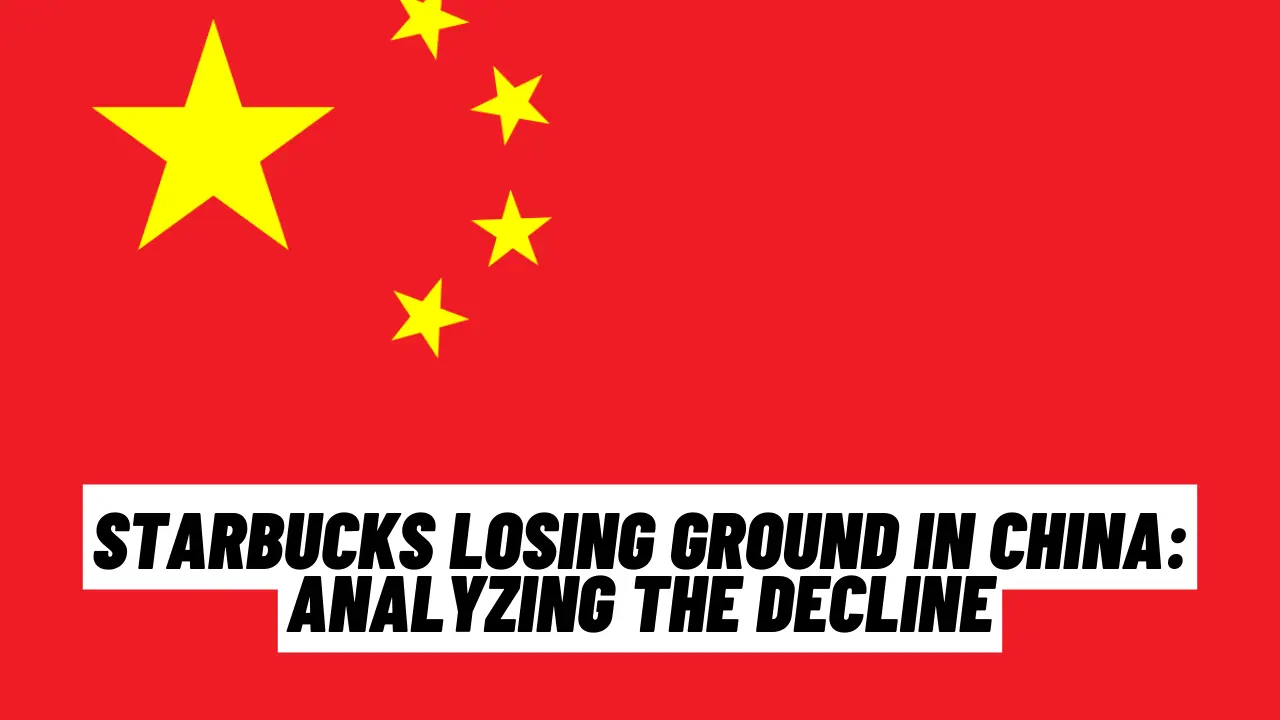Hindustan Unilever Limited (HUL), one of India’s leading consumer goods companies, has recently announced its decision to sell its water purification brand, Pureit. This strategic move has raised several questions and speculations in the market. Here’s an in-depth look at the reasons behind HUL’s decision and its potential implications.
Strategic Realignment
Focus on Core Categories
HUL has been strategically realigning its business to focus on its core categories, which include beauty and personal care, home care, foods, and refreshments. By divesting from non-core businesses like Pureit, HUL aims to consolidate its efforts and resources in areas that have the highest growth potential and align more closely with its long-term strategic vision.
Optimizing Portfolio
Selling Pureit allows HUL to optimize its portfolio by shedding businesses that may not be delivering the desired level of growth or profitability. This move enables the company to reallocate capital and management bandwidth to more lucrative segments, thereby enhancing overall shareholder value.
Market Dynamics
Competitive Landscape
The water purification market in India is highly competitive, with several established players and new entrants vying for market share. This intense competition requires significant investment in marketing, distribution, and innovation to maintain and grow market presence. By exiting this segment, HUL can avoid the high costs associated with sustaining competitiveness in a crowded market.
Technological Advancements
The water purification industry is witnessing rapid technological advancements, which require continuous R&D investment. For a company like HUL, which operates across multiple categories, keeping pace with technological changes in a specialized field like water purification may not be the most efficient use of resources. Selling Pureit allows HUL to focus on areas where it has a stronger technological and competitive edge.
Financial Considerations
Unlocking Value
The sale of Pureit is likely to unlock significant value for HUL. The proceeds from the sale can be reinvested in core business areas, used to reduce debt, or returned to shareholders in the form of dividends or share buybacks. This financial flexibility can help HUL strengthen its balance sheet and support future growth initiatives.
Improving Profit Margins
Divesting from the water purification business, which may have lower profit margins compared to HUL’s core categories, can improve the company’s overall profitability. A leaner portfolio with higher-margin businesses is more attractive to investors and can lead to a higher valuation for the company.
Consumer Trends
Shift in Consumer Preferences
Consumer preferences are constantly evolving, and HUL has been adept at anticipating and responding to these changes. With increasing awareness and access to piped water and municipal water treatment facilities, the demand for standalone water purifiers may be experiencing a shift. By selling Pureit, HUL can better align its product offerings with current and future consumer trends.
Focus on Health and Hygiene
The COVID-19 pandemic has heightened consumer focus on health and hygiene. HUL has been capitalizing on this trend through its personal care and home hygiene products. Divesting from Pureit allows the company to concentrate on expanding its presence in these high-demand categories, which are likely to see sustained growth in the post-pandemic world.







